The Maharashtra government is reviewing a policy proposal that could expand eligibility under the state’s Slum Rehabilitation Authority (SRA) scheme to include first-floor residents of chawls. Currently, only ground-floor residents or those residing in units not exceeding 14 feet in height are considered eligible for rehabilitation. This limitation has posed challenges for project feasibility and resident inclusion.
The proposed change is expected to apply specifically to chawl structures and not to other forms of informal housing. Officials from the state housing department are likely to present the recommendation to the Cabinet shortly. If approved, the measure would revise a long-standing clause that has excluded a large number of residents from rehabilitation benefits, despite living in formally documented housing structures.
Chawls are housing blocks typically built before 1976, often located on private land, and usually supported by non-agricultural land use permissions and valid property tax records. These units were historically built to accommodate industrial workers in urban areas such as Mumbai. Residents seeking SRA eligibility from chawls must provide documentation showing proof of residence prior to January 1, 2000.
In contrast, slums are generally unplanned settlements constructed without regulatory approval. They may lack permanent construction, municipal records, and access to basic urban services. The policy under consideration aims to address only chawls with verifiable documentation and does not propose any changes for occupants of informal or unauthorized housing structures.
The current height restriction of 14 feet has made many redevelopment proposals unviable, as first-floor residents are not considered legal occupants under existing norms. Without their inclusion, project execution faces delays due to disputes over eligibility and participation. Developers engaged in slum rehabilitation initiatives often find it difficult to proceed unless all residents on a plot can be included in the agreement.
As per estimates, over 4,500 chawls are spread across Mumbai’s suburban areas, including Borivali, Kandivali, Malad, Dahisar, Ghatkopar, Kurla, Mulund, Bhandup, and Vikhroli. These buildings house a large number of families, many of whom reside above the ground floor. Without official inclusion of upper-floor residents, redevelopment proposals for these properties often remain incomplete or face opposition from excluded occupants.
Under the SRA framework, private developers are permitted to build free residential units for eligible residents and, in return, receive development rights allowing them to construct saleable housing units. This cross-subsidy model is designed to improve housing stock while minimizing the financial burden on the state. However, the model depends on comprehensive participation by existing residents. The exclusion of certain groups—such as first-floor chawl occupants—has limited the scalability of the program in certain pockets of the city.
The proposed policy would shift eligibility determination away from structural height and toward the legal status of the building itself. By accepting documented first-floor chawl residents into the eligibility pool, the state may improve the effectiveness of its rehabilitation efforts and expand the pool of residents who can be included in formal housing plans.
This change, if approved, is expected to support smoother execution of existing projects, reduce resistance from partially included communities, and enhance land availability for housing redevelopment. It is also likely to address long-standing disputes related to eligibility under the SRA scheme.
The government has made it clear that any such extension of eligibility will remain limited to chawls with valid legal status and will not be applicable to unauthorized settlements or temporary structures. This distinction is intended to preserve the administrative framework of the rehabilitation process and prevent the dilution of standards used to verify legal occupancy.
The proposal aligns with broader efforts by the Maharashtra government to revise housing regulations and enhance access to formal housing solutions. Earlier this year, a revised state housing policy was released, and a statewide survey was announced to evaluate housing demand trends and redevelopment potential in a post-pandemic context.



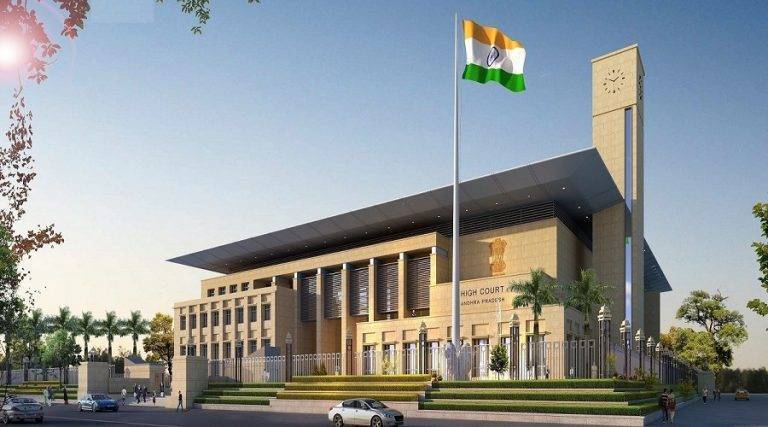
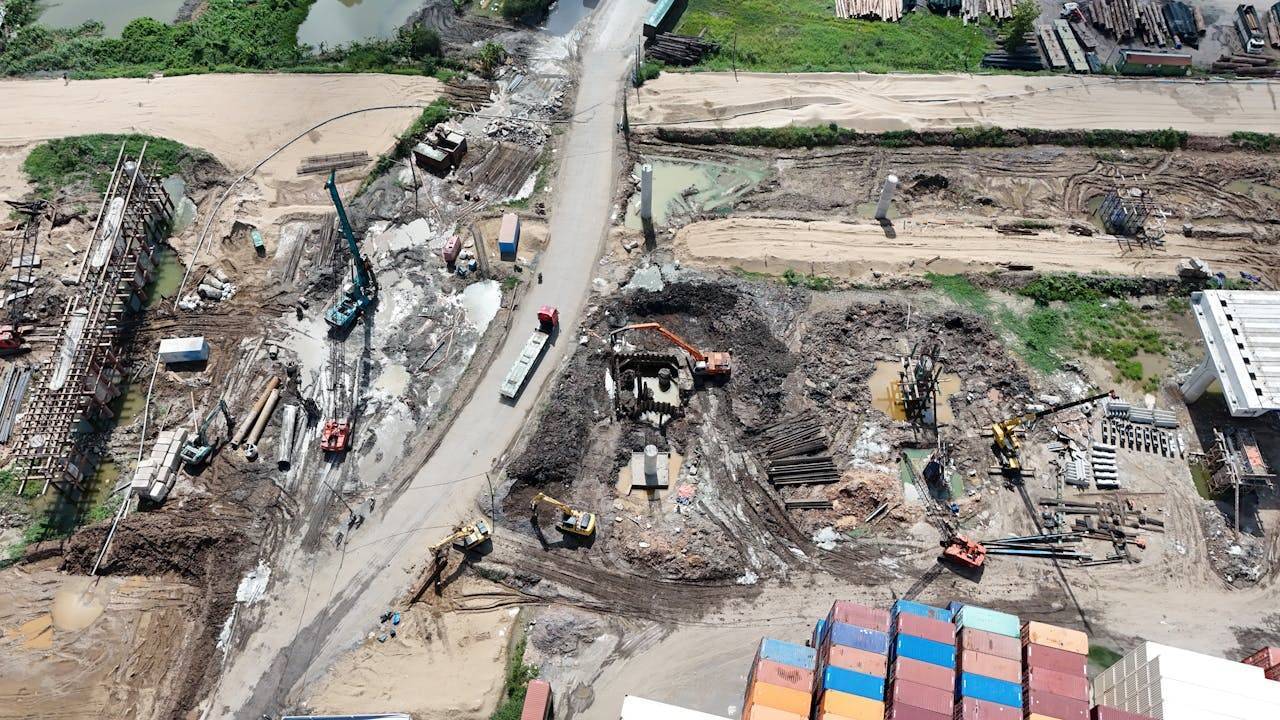
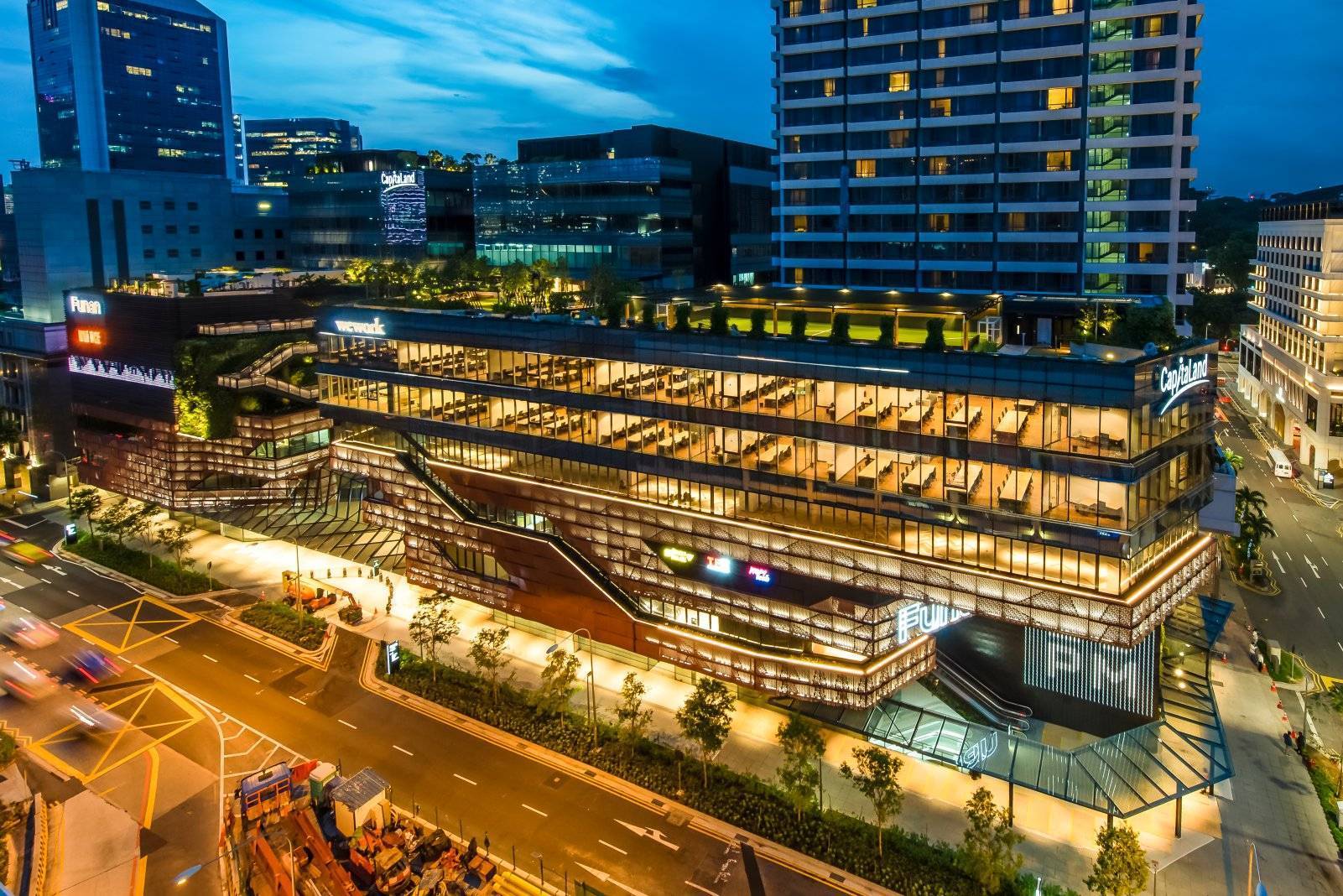
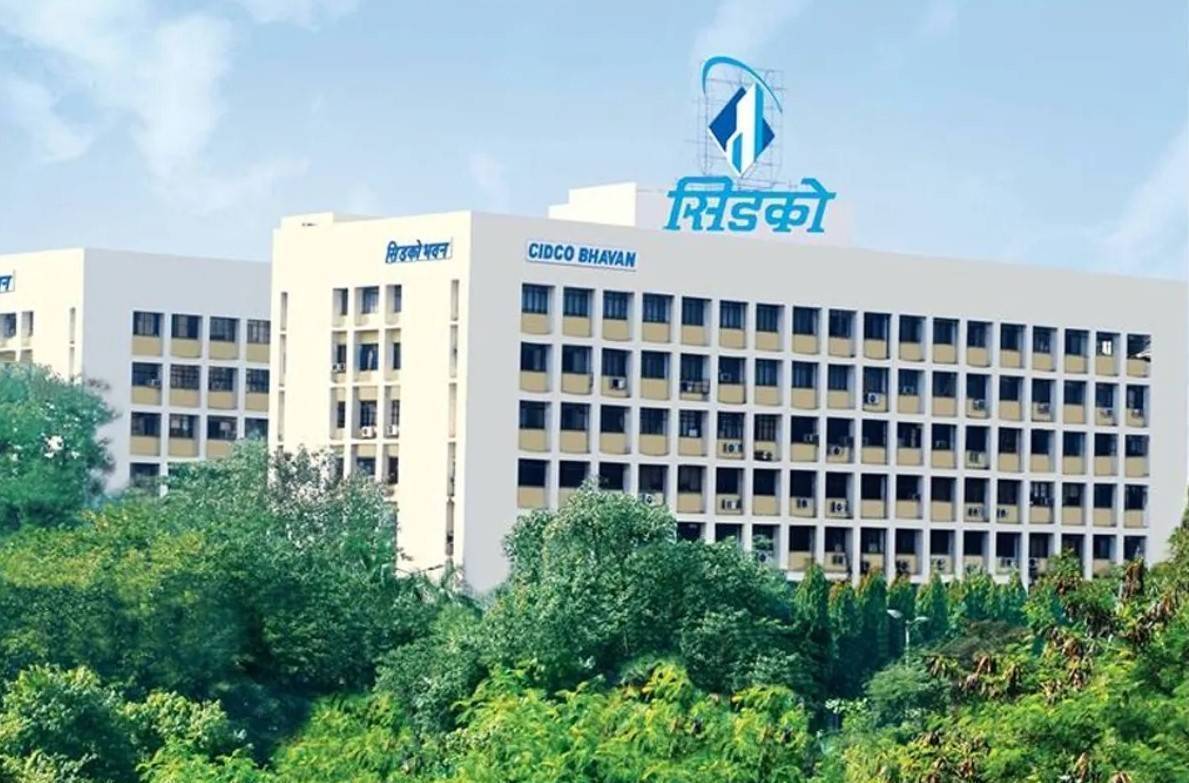
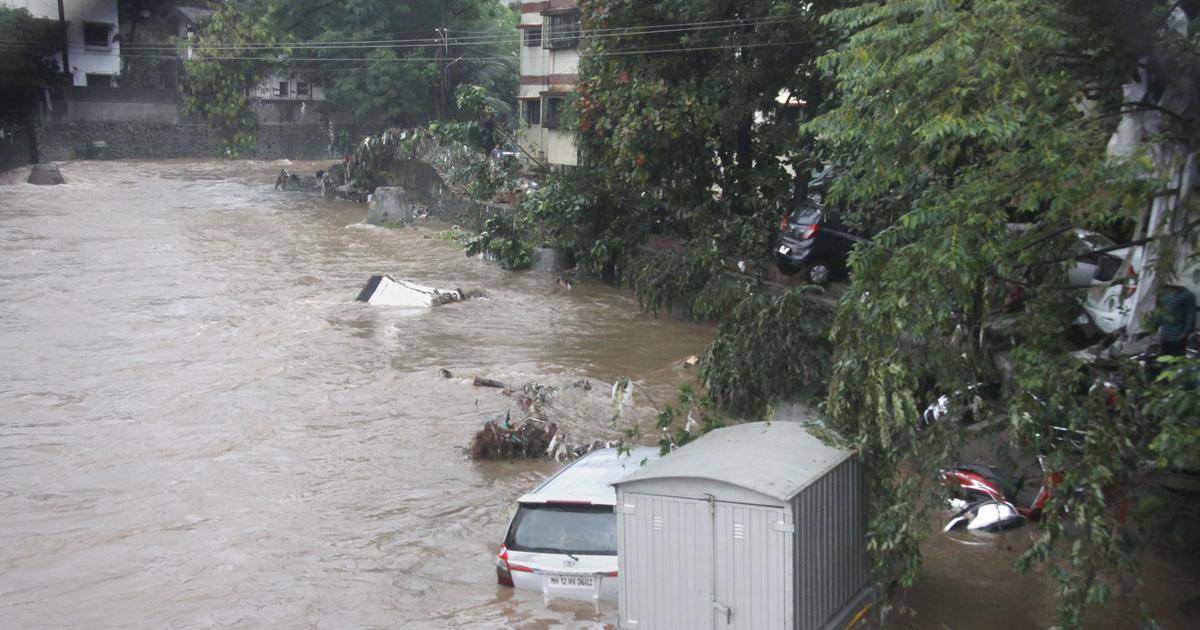
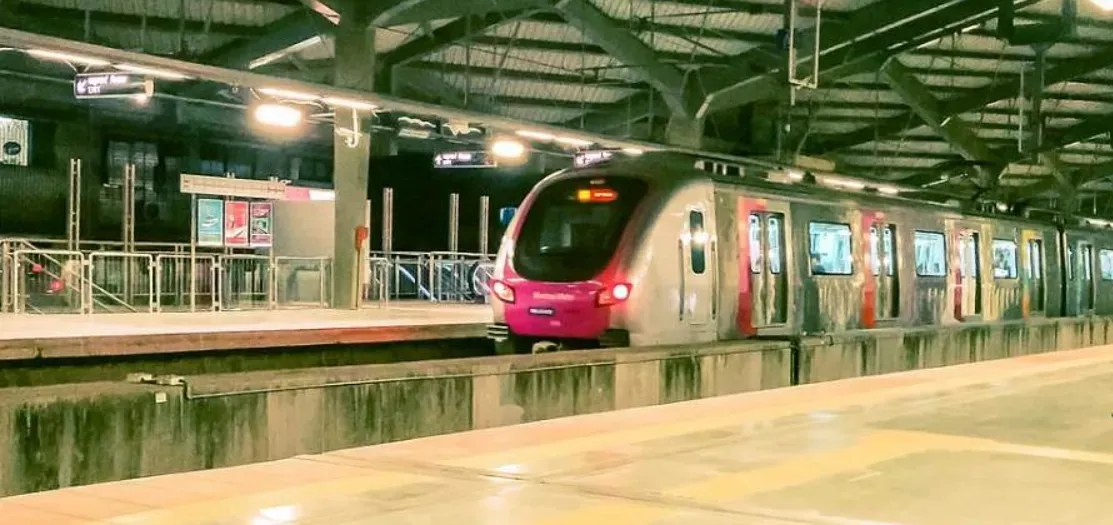
.png)